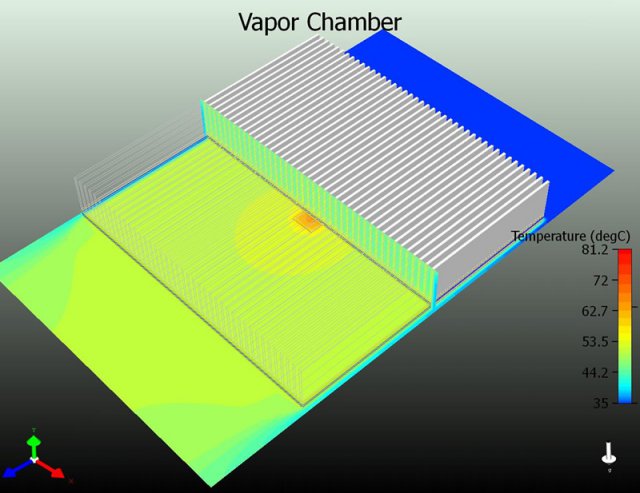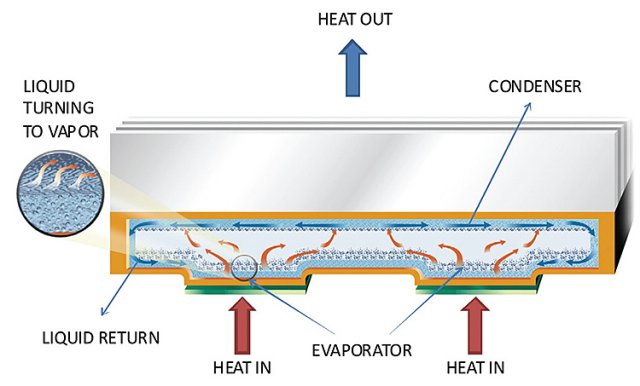 Thermacore, Inc. is offering a new generation of compact, custom-built, high-performance air-cooled heat sinks, the result of a multimillion-dollar development contract from the Defense Advanced Research Projects Agency (DARPA), which ended on September 30, 2012.
Thermacore, Inc. is offering a new generation of compact, custom-built, high-performance air-cooled heat sinks, the result of a multimillion-dollar development contract from the Defense Advanced Research Projects Agency (DARPA), which ended on September 30, 2012.
The new heat sink products reflect advances by Thermacore in the development and commercialization of active heat sink technologies, achieved as part of the DARPA Micro-technologies for Air-Cooled Exchangers (MACE) programme. After the results of Thermacore’s initial MACE demonstration step exceeded DARPA expectations in early 2011, Thermacore proceeded to develop four varieties of passive heat sink products, all representing improved airside heat transfer performance over existing state-of-the-art heat sinks. The design integrates Thermacore’s Therma-Base Vapor Chamber technology within a 3-dimensional thermal solution, with vapor flow spreading heat both laterally in the base and into planar appendage heat pipe blades. High-density fins are attached to the planar blades for enhanced thermal performance.
 “We’re excited about the possibilities of this new design for meeting difficult microprocessor cooling challenges, including those found in military applications,” said Nelson Gernert, Thermacore Vice President of Engineering and Technology. “But it’s also important to note that a key element in this new product line is the vapor chamber technology we’ve used successfully for many years.”
“We’re excited about the possibilities of this new design for meeting difficult microprocessor cooling challenges, including those found in military applications,” said Nelson Gernert, Thermacore Vice President of Engineering and Technology. “But it’s also important to note that a key element in this new product line is the vapor chamber technology we’ve used successfully for many years.”
The MACE-developed heat sinks will be available for insertion into four chassis cooling formats, 3U through 6U, and will feature excellent thermal uniformity and low thermal resistance. These compact, high-performance air-cooled heat sink products will handle heat loads from 250 Watts to 2,000 Watts depending on model. Although the design and layout of the heat sinks is novel, their construction involves standard materials such as copper (wall and wick) and aluminum (fins); the working fluid can be water or methanol. Mounting features are customizable for each application.
Typical thermal applications for the new product line include cooling avionics in manned and unmanned aircraft, vetronics in ground vehicles, military radars, medical electronics and computer server microprocessors.
Source: Press Release
